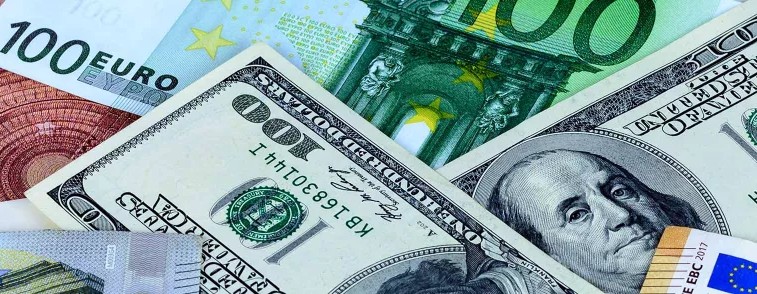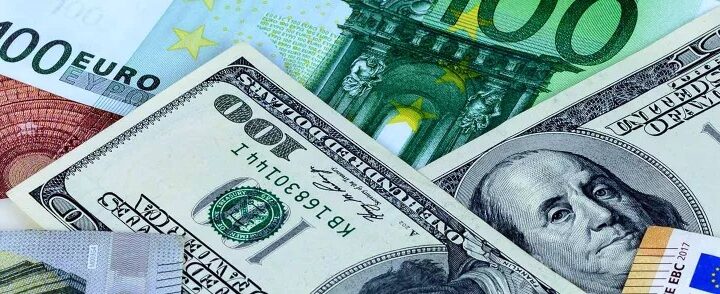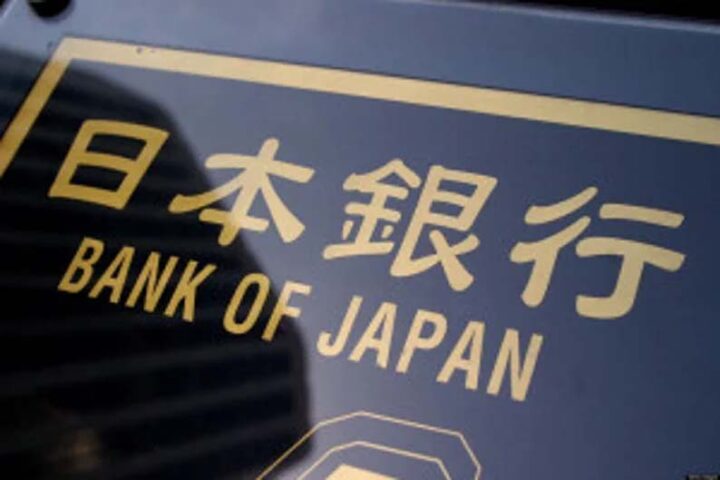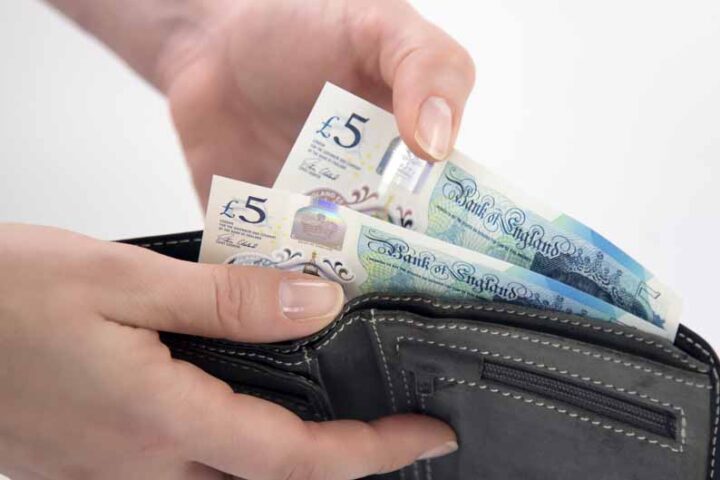The euro-dollar currency pair trades slightly higher to near 1.1200 in North American trading on Friday. EURUSD edges higher, while the US dollar flattens after recovering initial losses ahead of the release of the flash US consumer sentiment and inflation expectations data for May.
The euro is broadly steady against its peers, remaining calm despite traders being increasingly confident that the European Central Bank will reduce interest rates again in the monetary policy meeting next month.
Factors contributing to solid ECB dovish bets are confidence that the Eurozone inflation is on track to return to the central bank’s target of 2% this year, and that the economic outlook is grim due to global uncertainty.
Several ECB officials have argued in favour of continuing interest rate reduction.
During European trading, ECB Governing Council member Martins Kazaks guided a dovish monetary policy outlook by saying that there may still be a “couple” of reductions in the deposit rate this year from its current level of 2.25%, Bloomberg reported.
However, Kazaks cautioned that policymakers shouldn’t hurry and adopt a “meeting by meeting” approach amid the unclear global trade situation.
On the economic front, Eurozone Q1 gross domestic product data has been revised lower, while Employment Change has held up. The data showed on Thursday that the Eurozone economy grew at a slower pace of 0.3%, compared to the preliminary estimate and the prior release of 0.4%.
Year-on-year, GDP growth remained 1.2%, as expected. Meanwhile, the Employment Change in the January-March period has come in higher at 0.3% quarter-on-quarter, compared to flash estimates and the former reading of 0.1%.
DXY wobbles
The DXY Dollar Index, which tracks the greenback’s value against six major currencies, wobbles around 100.80. Earlier in the day, the US dollar faced selling pressure, tracking a sharp decline in US bond yields due to soft Producer Price Index (PPI) and Retail Sales data on Thursday. The 10-year US Treasury yields are down over 3% to near 4.40%, at the press time, from their monthly high of 4.55% posted on Thursday.
The economic data showed on Thursday that the producer inflation, as measured by the PPI, declined unexpectedly in April, and Retail Sales barely grew. The notable decline of 0.7% in services prices led to deflation in the PPI, while the growth in goods prices remained flat.
Meanwhile, Retail Sales rose at a moderate pace of 0.1%, compared to a robust growth of 1.5% in March. The data showed that demand for automobiles declined as households postponed their demand in the wake of a hike in selling prices by car dealers to offset the impact of tariffs imposed by President Donald Trump on foreign cars in March.
CPI slowdown
This week, the US Consumer Price Index (CPI) data for April also grew at a slower-than-expected pace. Theoretically, soft US consumer and producer inflation boosts expectations of interest rate cuts by the Federal Reserve. However, traders have not raised dovish bets as consumer inflation expectations remain higher due to the fallout of new economic policies by President Trump.
According to the CME FedWatch tool, the probability for the Fed to leave rates steady in the range of 4.25-4.50% in the June and July meetings is 91.8% and 61.4%, respectively.
While Washington and Beijing have agreed to lower tariffs by 115% for 90 days and are aiming for a series of negotiations to avoid any escalation in the trade war, Fed officials believe that the current rate of tariffs is still high enough to prompt inflation.
Earlier this week, Chicago Fed Bank President Austan Goolsbee said, “tariffs are still three to five times higher than what they were before, so it is going to have a stagflationary impulse on the economy. It’s going to make growth slower and make prices rise.”
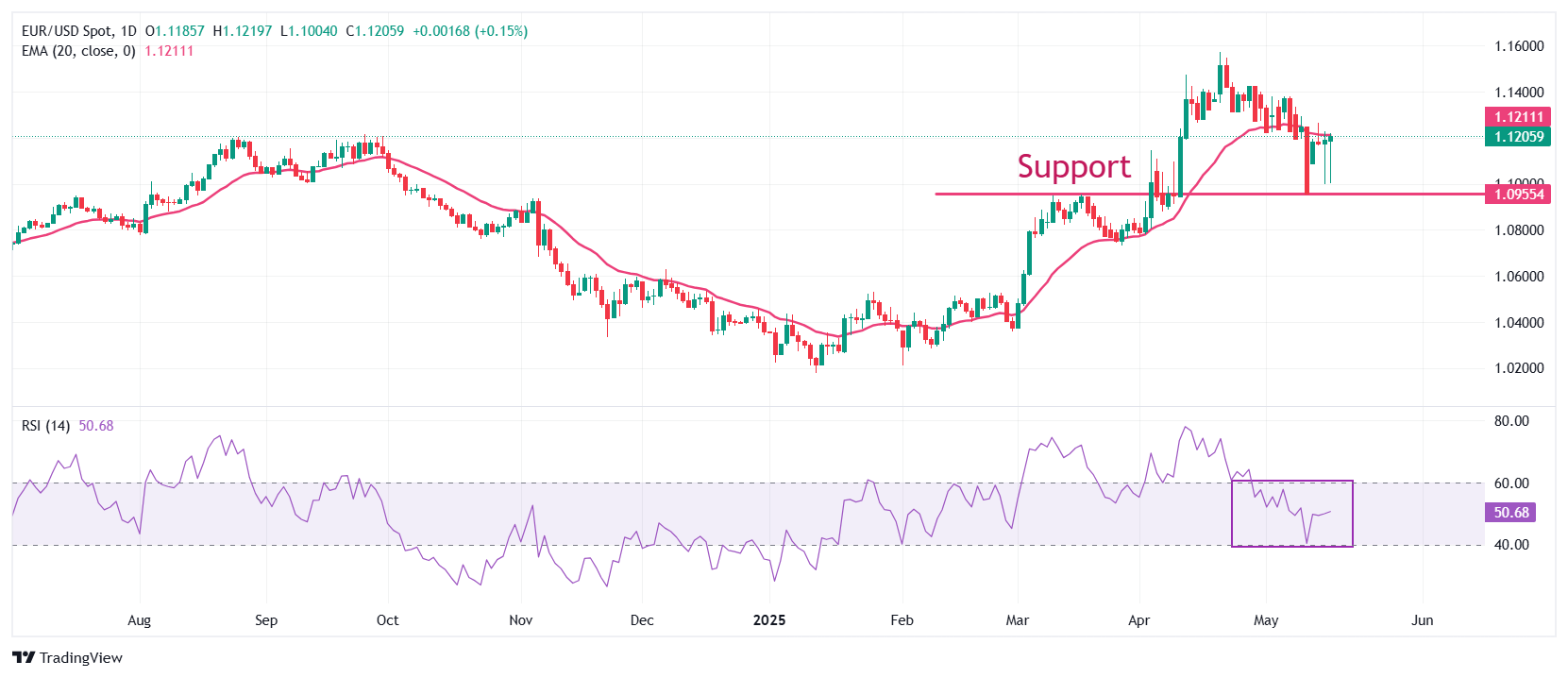
EURUSD chart by TradingView
(Source: OANDA)

